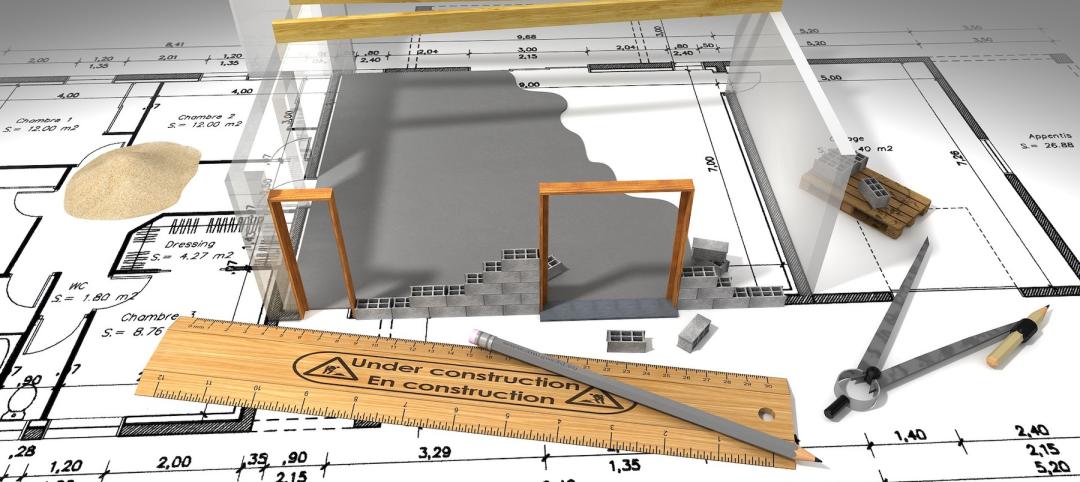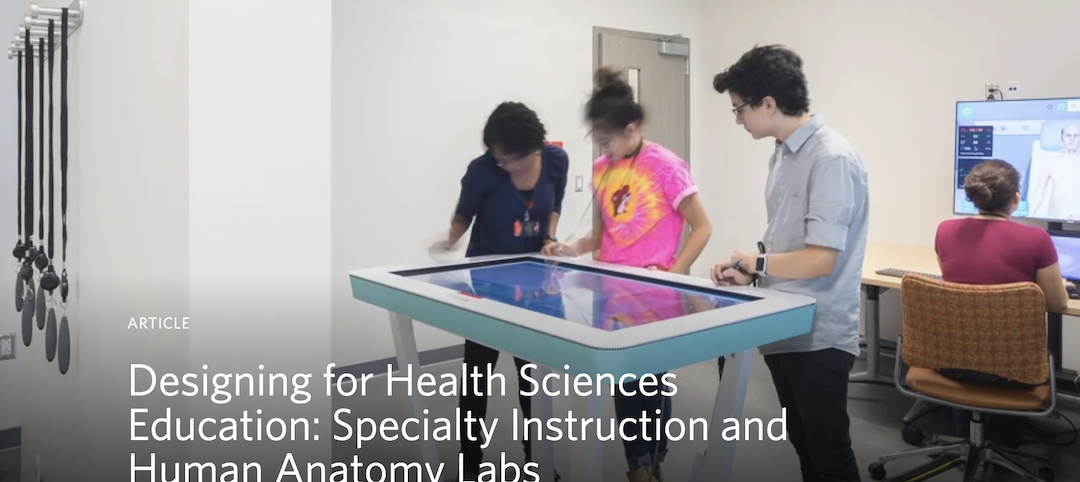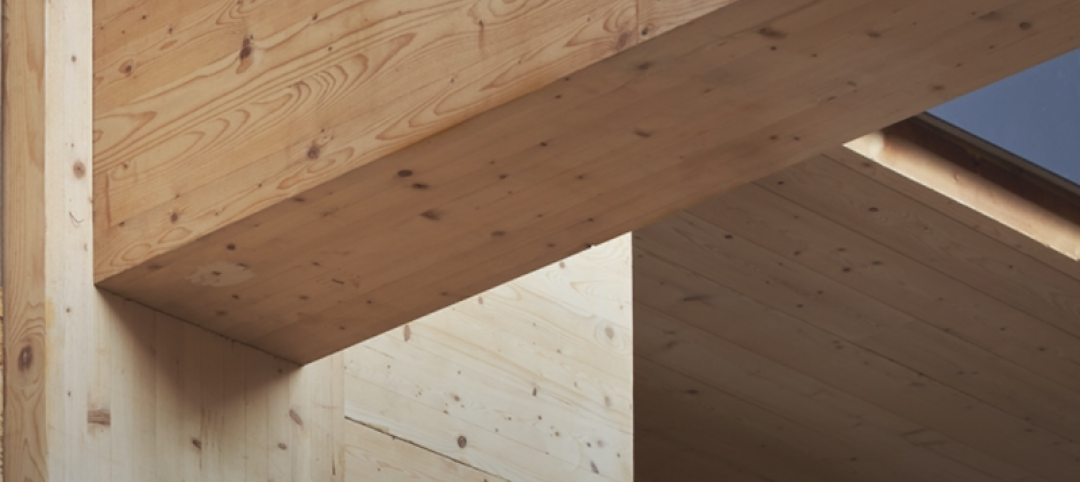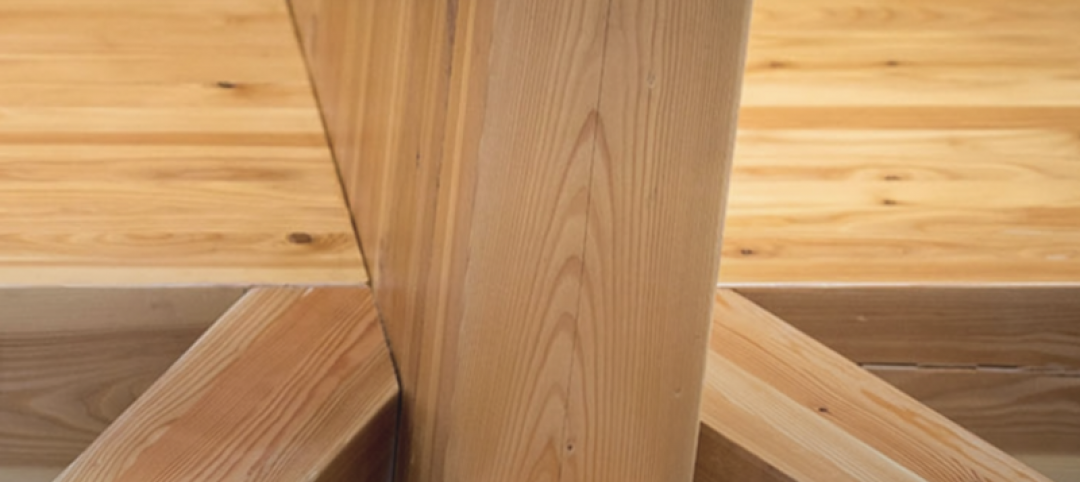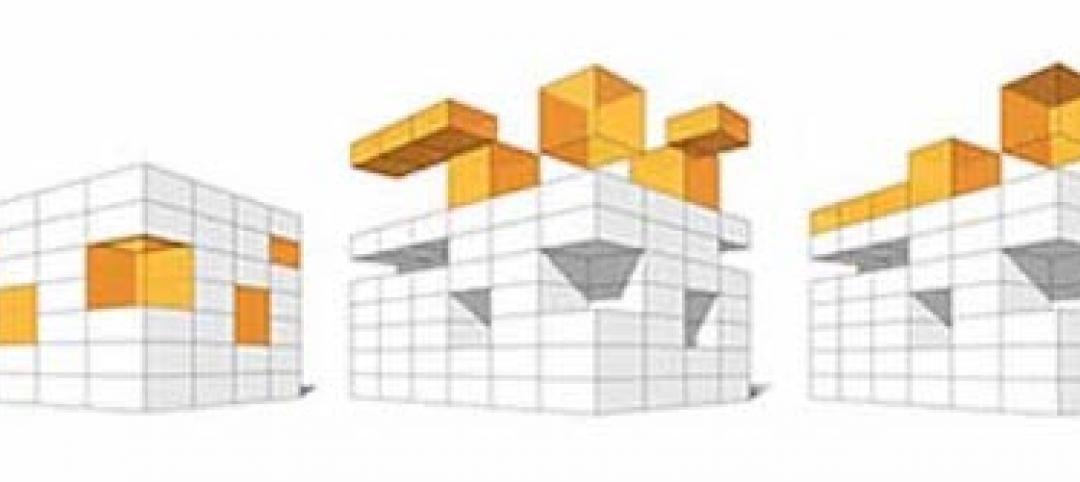I’m excited to head up the predictive analytics team within the HDR consulting group. However, I’m not sure people know what predictive analytics is, or who does it, or what it’s used for. As HDR’s new Director of Predictive Analytics, I thought I’d use this opportunity to clarify what it is we do and how architecture projects can benefit from it.
So… what is predictive analytics?
Predictive analytics is the process of using data to find patterns, trends and relationships. The purpose of predictive analytics is to solve a problem by using data to deepen our understanding and predict behaviors.
I’m sure you encounter predictive analytics every day. When you shop online with retailers like Amazon, predictive algorithms compare product information, your purchase history and other customers' shopping activity in order to make a prediction about what you're shopping for—and to provide personalized recommendations. When you use a credit or debit card, your bank must predict whether the transaction is fraudulent, so it compares your past history to the new purchase and denies transactions that appear to be fraudulent. When you're admitted to a hospital, algorithms analyze your electronic medical record to determine if you are likely to get a life-threatening infection and if you're at risk of illness after leaving the hospital.
Today, predictive analytics is solving all kinds of problems: what will the weather be like tomorrow? What will the climate be like in 20 years? What will the stock market do tomorrow? Who will be the next president of the United States? Which team will win the NCAA basketball championship? Which of my customers are going to leave for my competitor?
These problems can contain an amazing number of variables, some hidden, some superfluous; predictive analytics simply attempts to identify and analyze the key variables to make predictions.
How do you do it?
Looking at data to help make better decisions is nothing new for HDR, but predictive analytics is different from what we’ve done in the past because we’re using new, more powerful methods and techniques.
You’ve probably heard of terms like “Big Data” and “Data Science.” These are exactly the types of data-harvesting techniques we use in predictive analytics. The technology that makes these data analysis methods practical is now widely available and we are reaping the benefits. For example, more data is being collected and stored than ever before, and the internet has made much of that information publicly accessible. By applying predictive analytics to new applications and finding innovative ways to use advanced statistics and analytics and machine learning—where computers learn without being explicitly programmed—we have a great opportunity to add value in new and exciting ways.
Who's part of the Predictive Analytics team at HDR?
We’re building a team to help us gain value from the complex datasets we encounter in our work. Broadly speaking, our team is divided into two roles: data engineers and data scientists. Data engineers are skilled at building pipelines that collect, clean and process raw data from different sources and formats for use in analysis. Data scientists can then take that data and apply advanced statistical methods and machine learning algorithms to answer real world business problems.
How is HDR applying predictive analytics?
Our team of data scientists is currently focused on serving our healthcare clients. We can help clients who are early in the process of deciding to expand facilities to plan what they need by analyzing geographic, demographic, socio-economic and public health data. We can use the results of this holistic population health analysis to model disease patterns and determine what mix of services the facility will need to provide. Our predictive models allow us to forecast patient demand, changes in policy, and technology in the healthcare industry. But we’re starting to explore the multitude of opportunities to apply predictive analytics within other architecture and engineering projects outside of healthcare as well.
We're also excited to turn our methods inward and seek out opportunities to make our own firm more effective through the analysis of data. For example, HDR was an early adopter of BIM, and continues to use BIM software to this day. This means we’ve been accumulating a treasure trove of data in 3D models and design documents that we can use to uncover insights into the design process.
The bottom line: HDR is constantly seeking out ways to provide the best possible service to our clients—and my team is excited to contribute to that goal with predictive analytics.
About the Author: Branden Collingsworth provides strategic leadership for predictive modeling efforts and the statistical methodologies used in outcome studies. He leads all analytic projects, initiatives, and the development of new tools while working with clients to market and promote predictive analytic products and services, identify big data opportunities for population health predictive models, and direct data architecture for all data-related elements for HDR Consulting. If there are three things Branden loves, they're data, data, and more data.
More from Author
HDR | Jun 30, 2022
Adopting a regenerative design mindset
To help address the current climate emergency, a new way of thinking across the entire architecture, engineering and construction industry is imperative.
HDR | Jan 11, 2022
Designing for health sciences education: supporting student well-being
While student and faculty health and well-being should be a top priority in all spaces within educational facilities, this article will highlight some key considerations.
HDR | Sep 28, 2021
Designing for health sciences education: Specialty instruction and human anatomy labs
It is a careful balance within any educational facility to provide both multidisciplinary, multiuse spaces and special-use spaces that serve particular functions.
HDR | Aug 20, 2021
Prioritizing children’s perspectives with play-based design charrettes
Every effort is made to assure that captured insights and observations are authentically from the children.
HDR | Sep 25, 2020
Performance-based textile cleaning and disinfection in the age of COVID-19
It is essential for both designers and environmental services to know the active ingredient(s) of the cleaning products being used within the facility.
HDR | Jan 27, 2020
Elevating the human experience in public realm infrastructure
Understanding the complexities of a community by pairing quantitative data and human needs.
HDR | Oct 2, 2019
Why mass timber?
In a world where the construction industry is responsible for 40% to 50% of CO2 emissions, renewable materials, such as wood, can help mitigate the rate of global warming.
HDR | Aug 23, 2019
5 converging trends for healthcare's future
Our solutions to both today’s and tomorrow’s challenges lie at the convergence of technologies, industries, and types of care.
HDR | Dec 18, 2018
Redesigning the intergenerational village: Innovative solutions for communities and homes of the future
Social sustainability has become a central concern in terms of its effect that spans generations.


